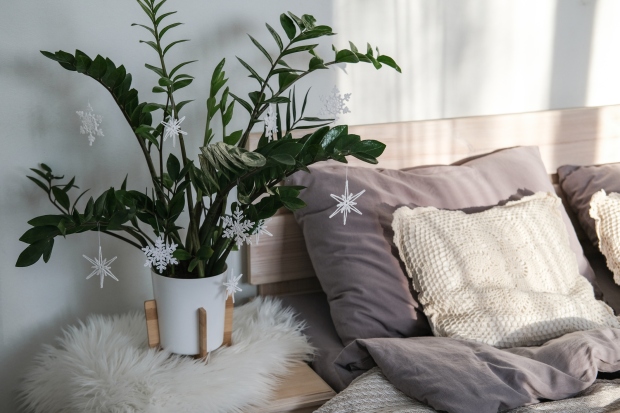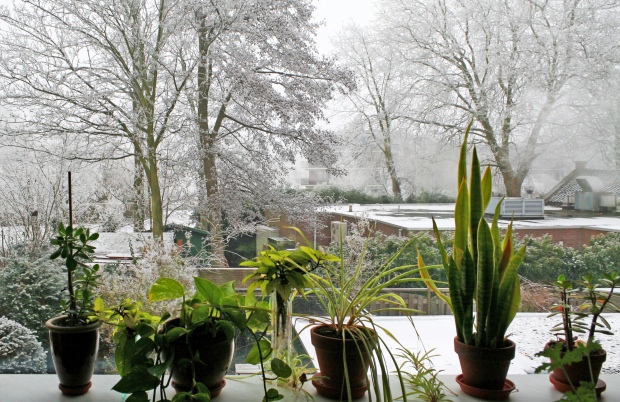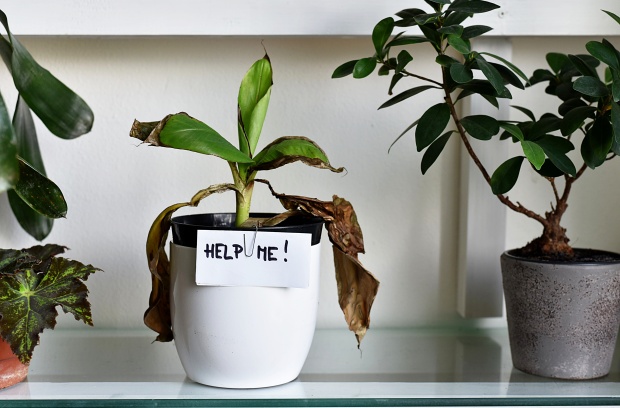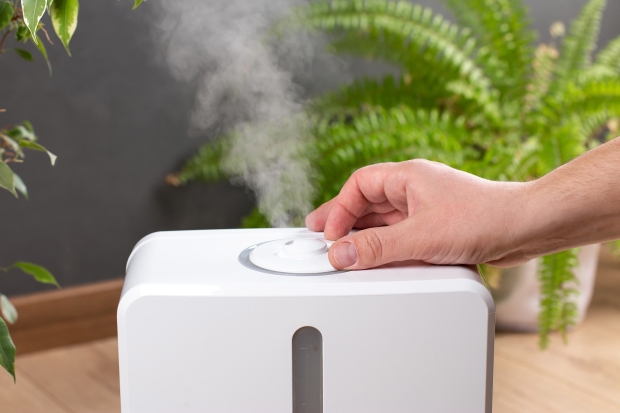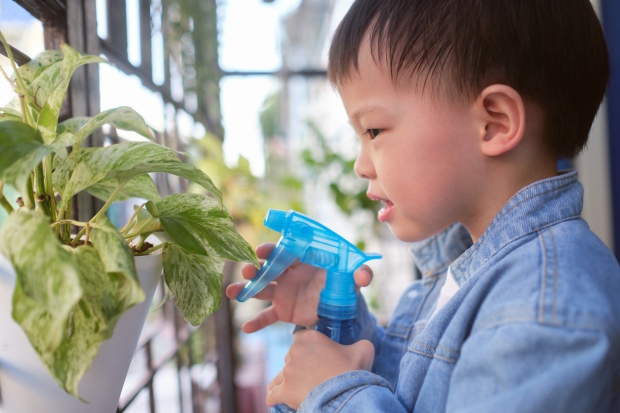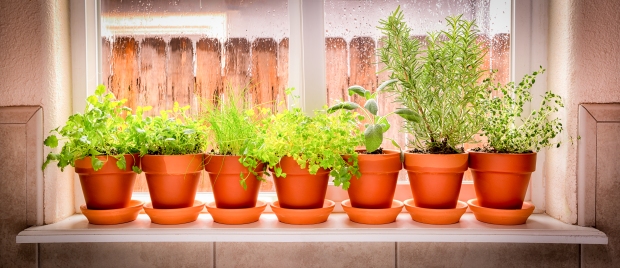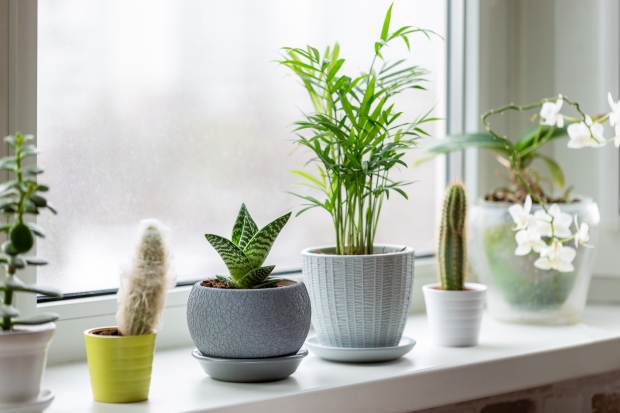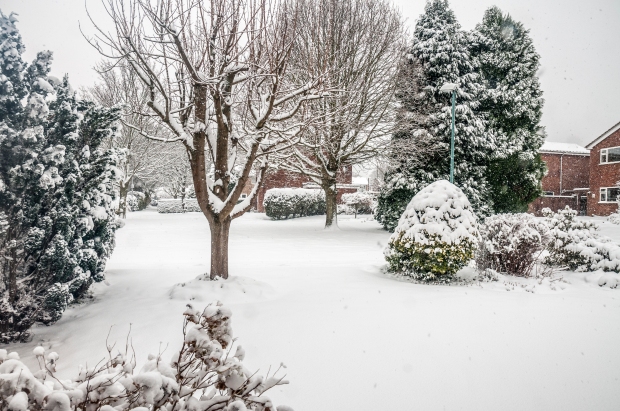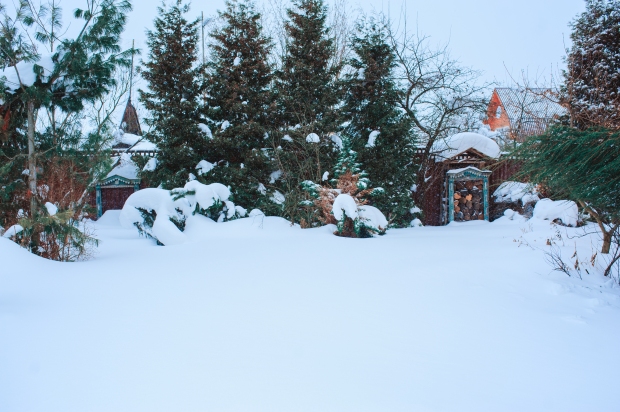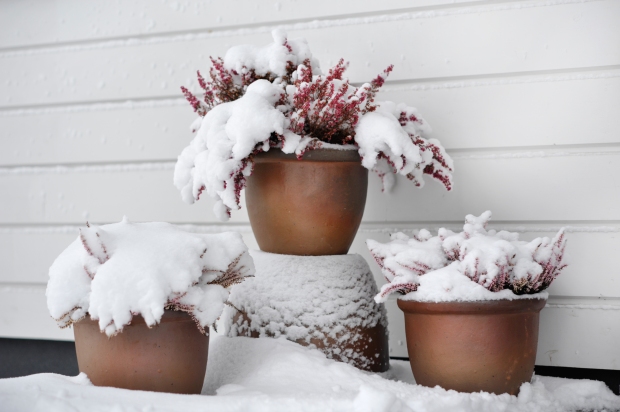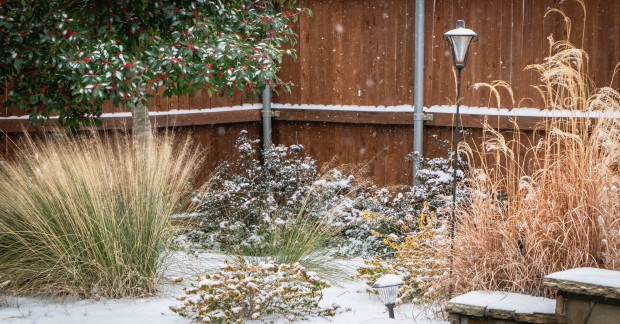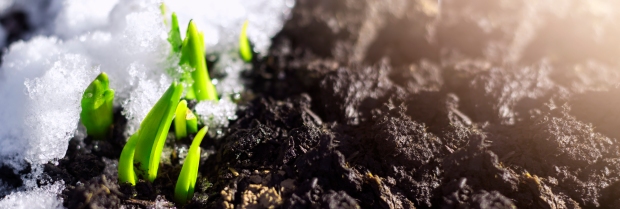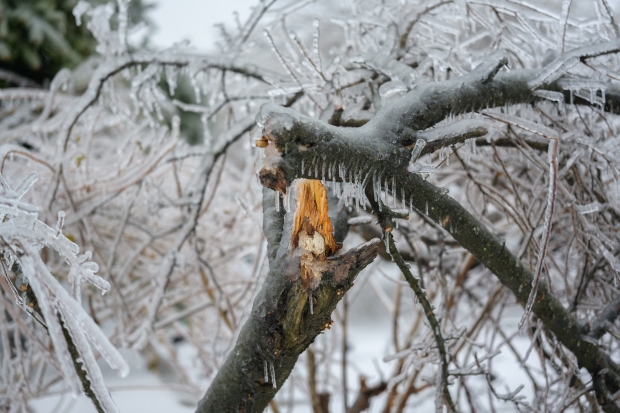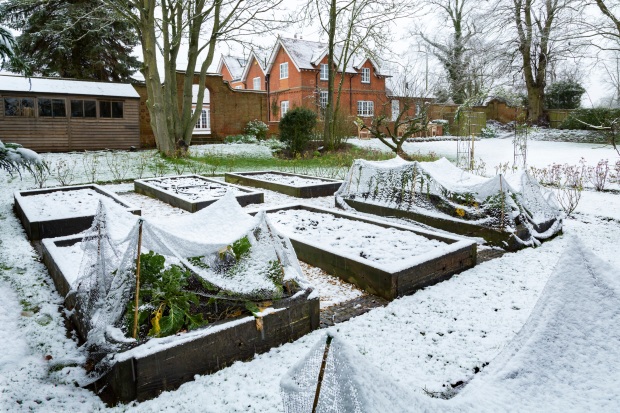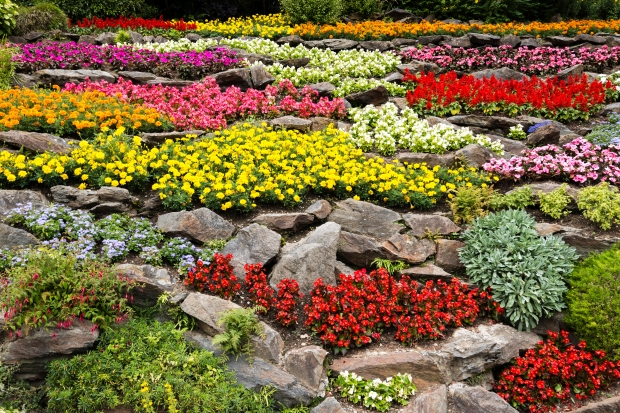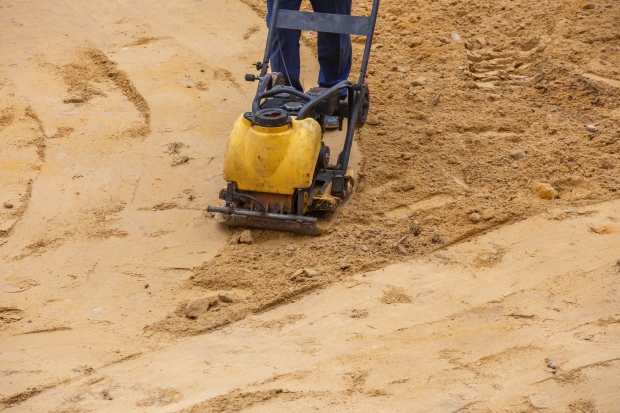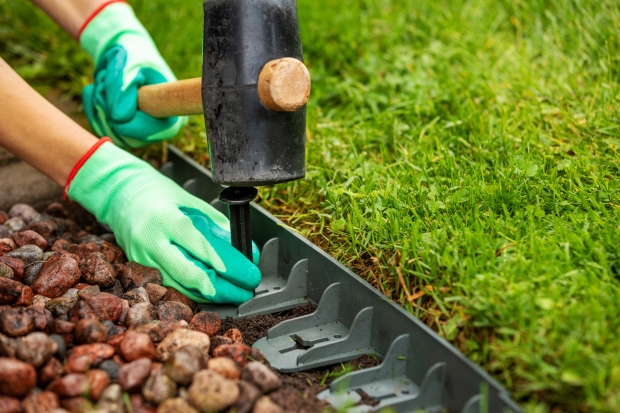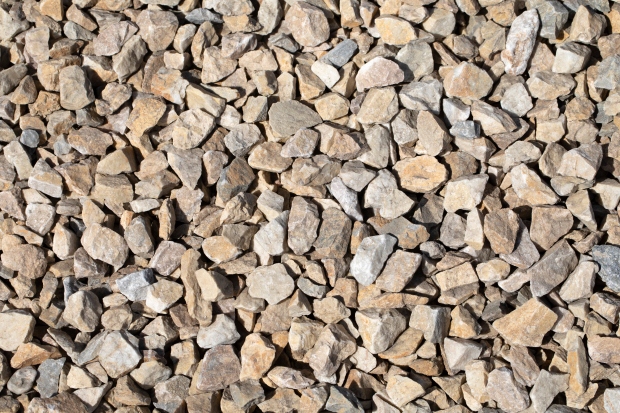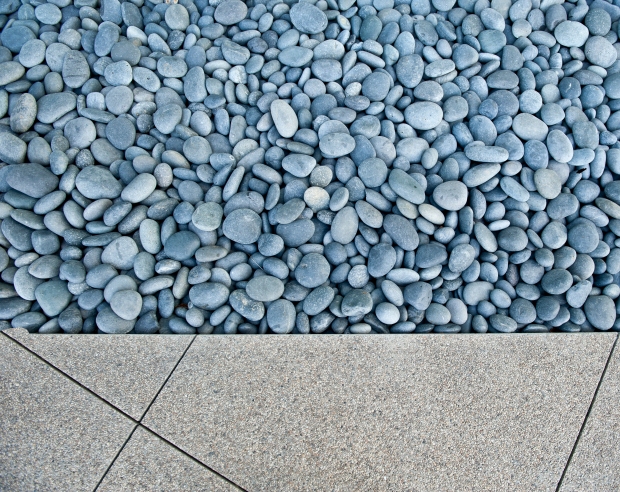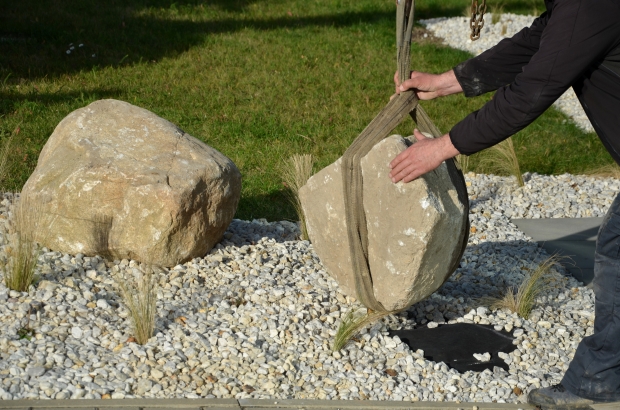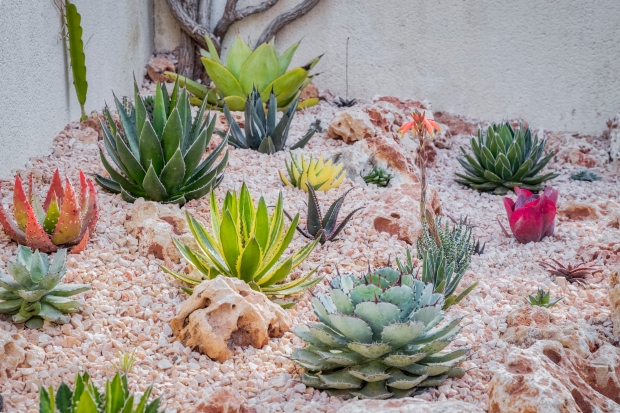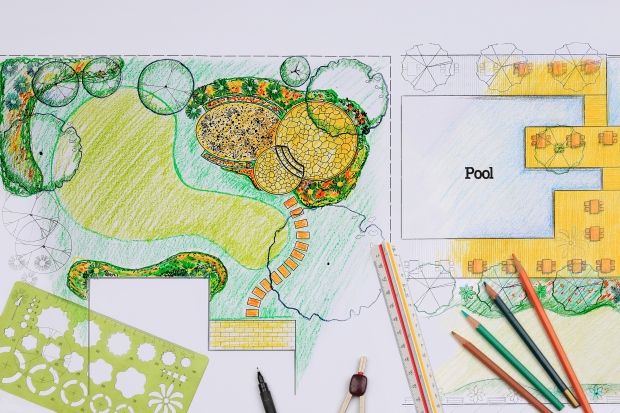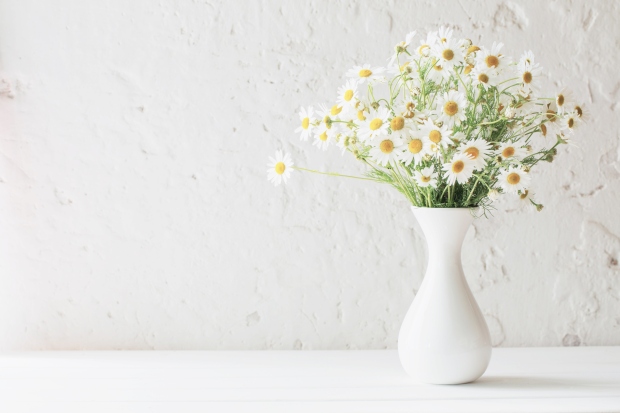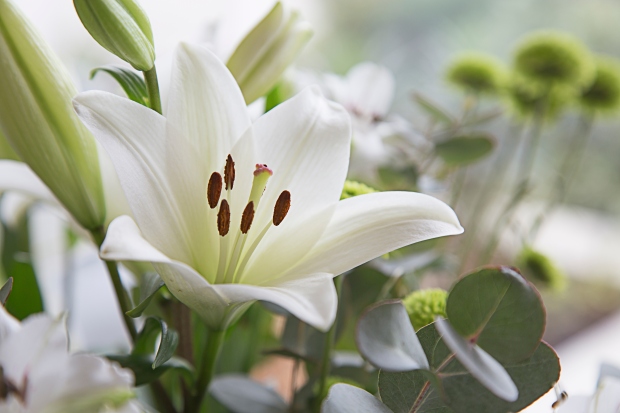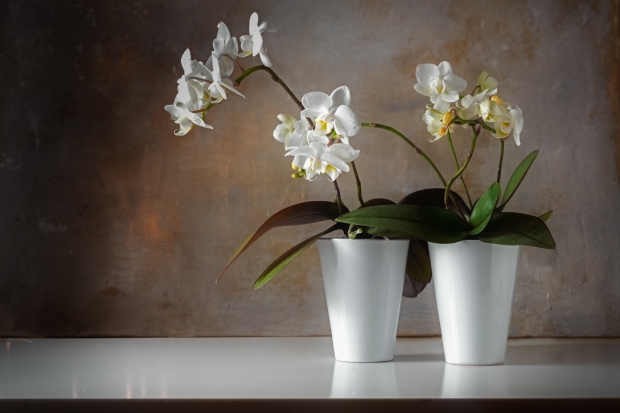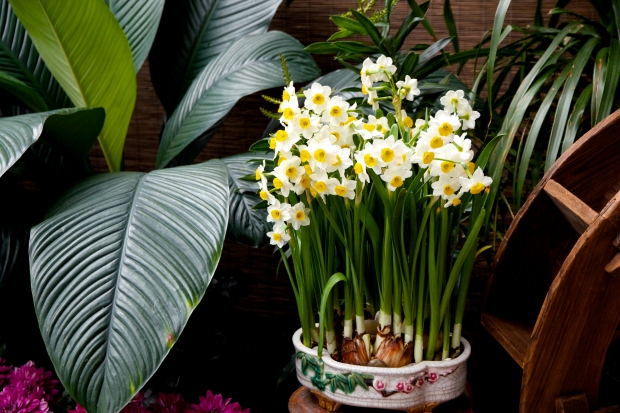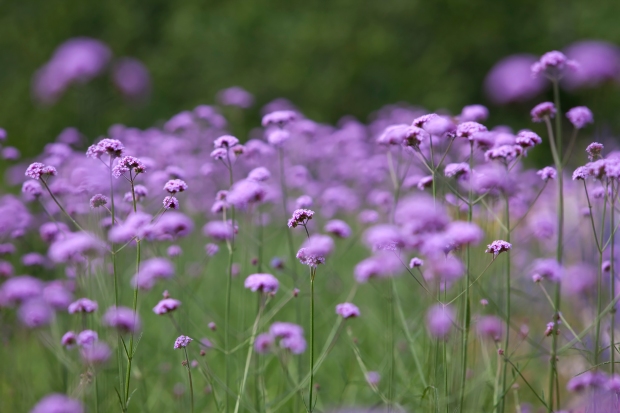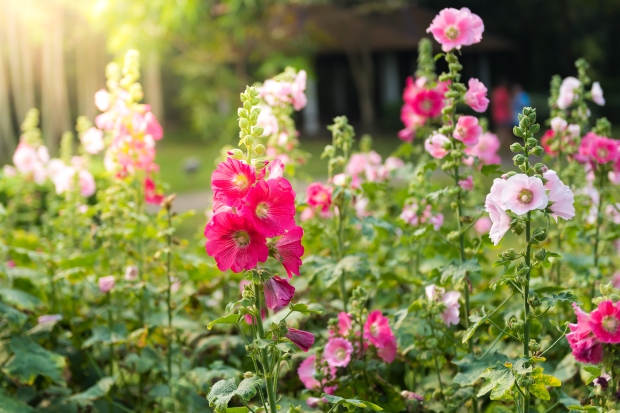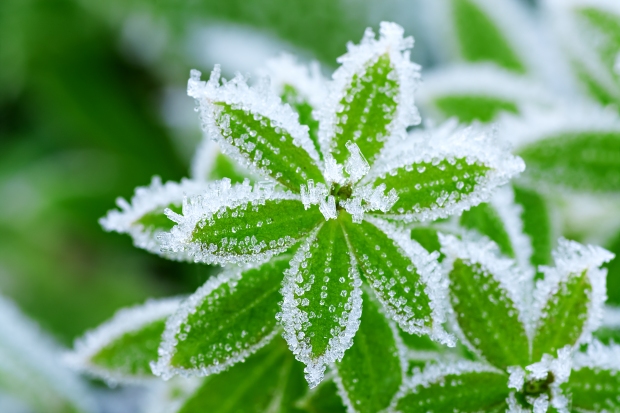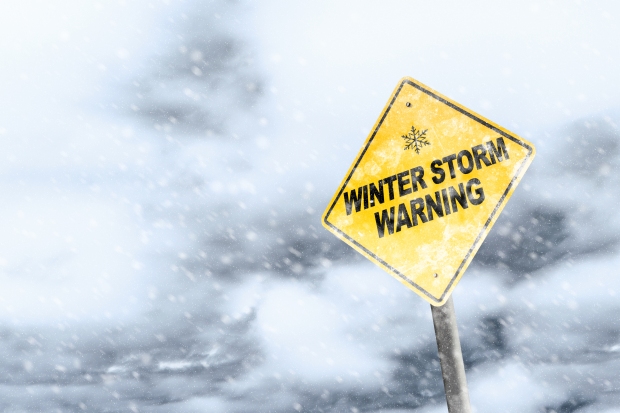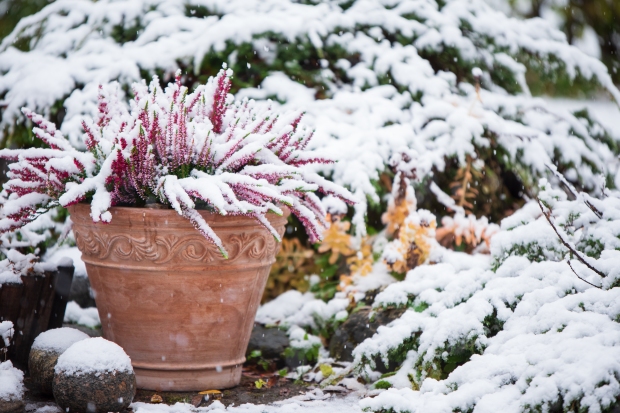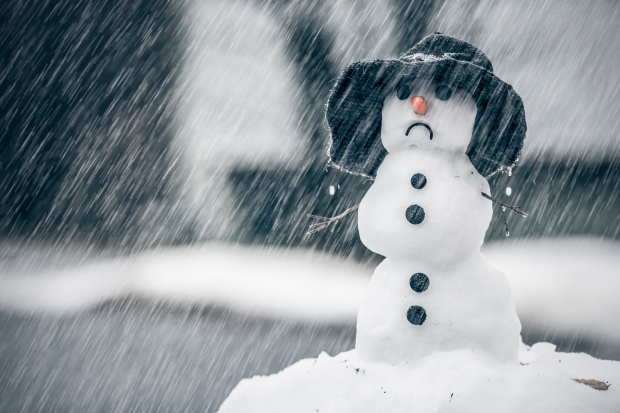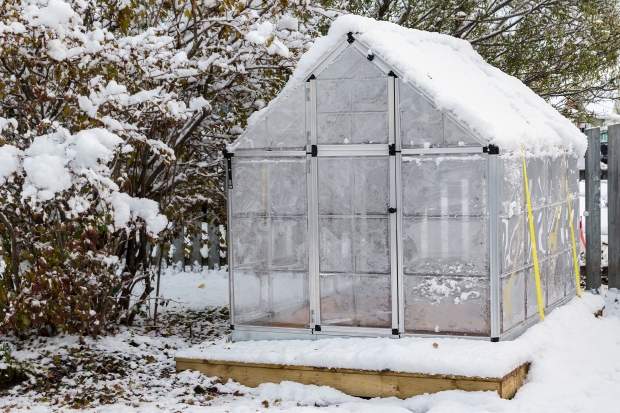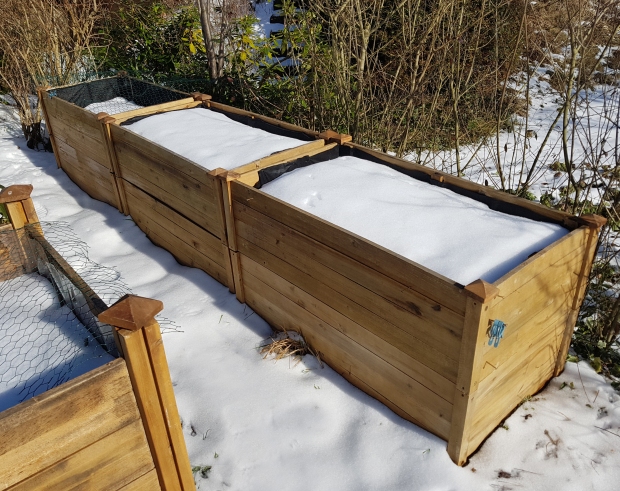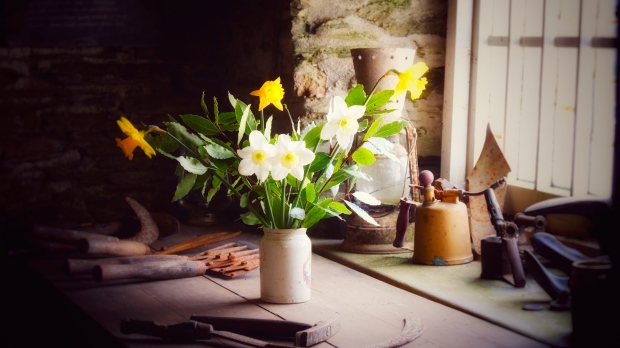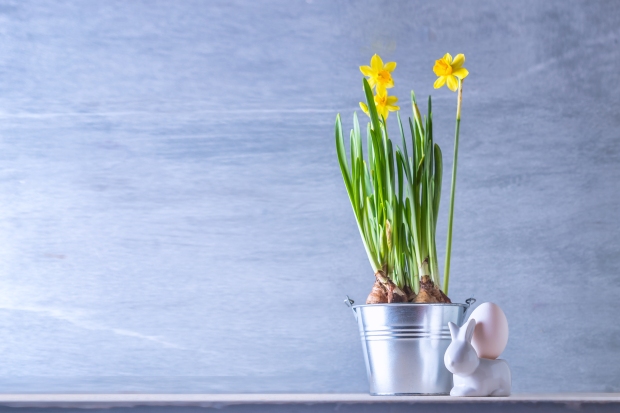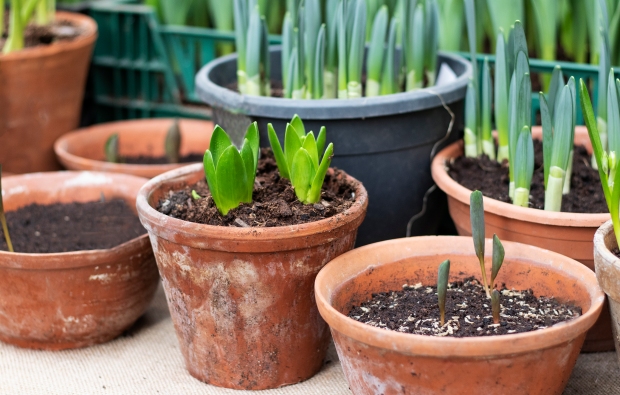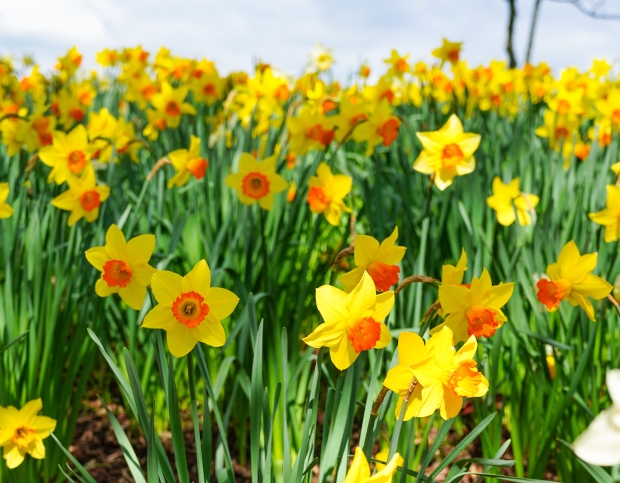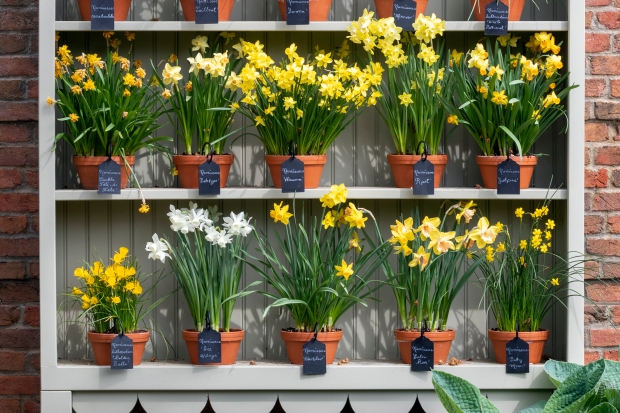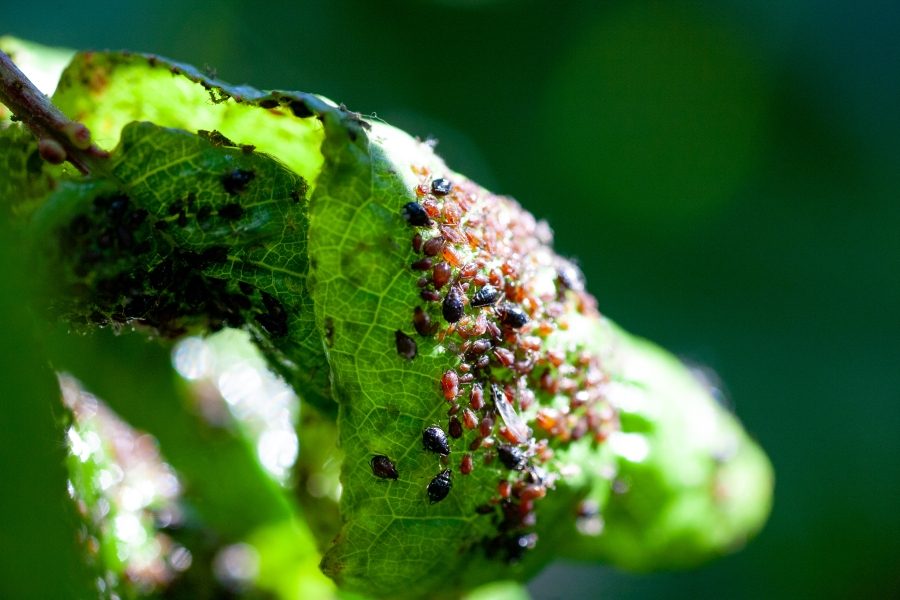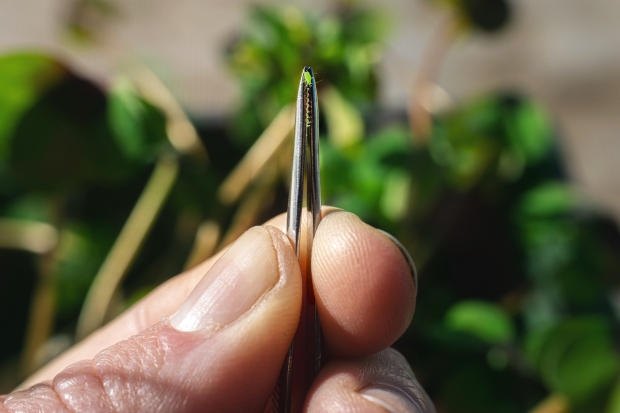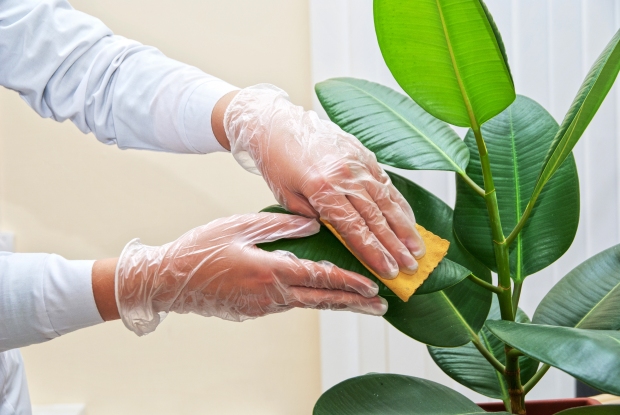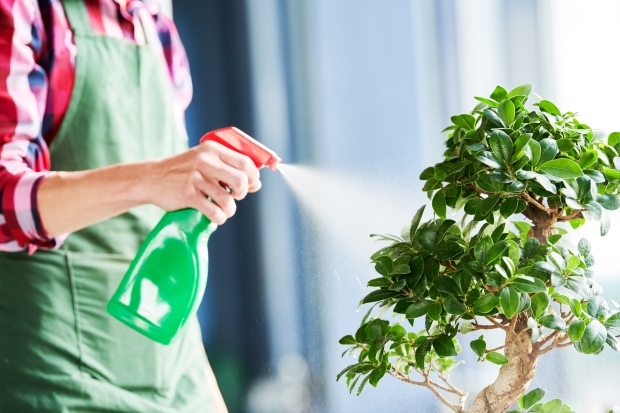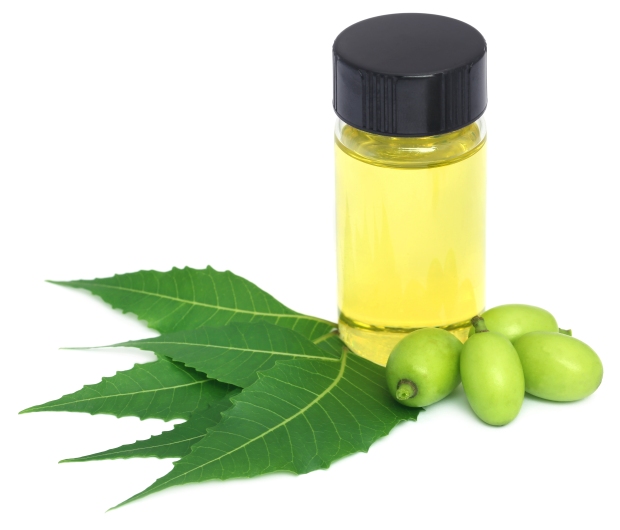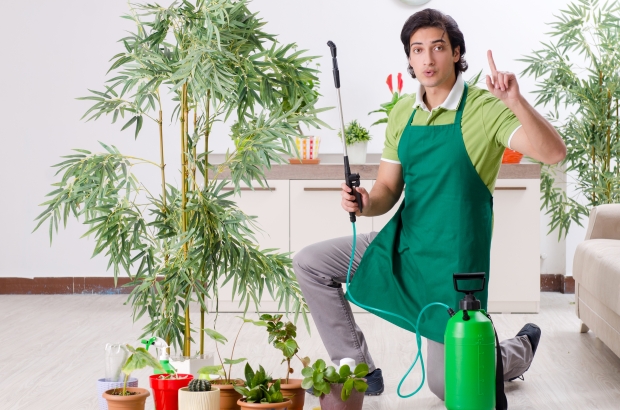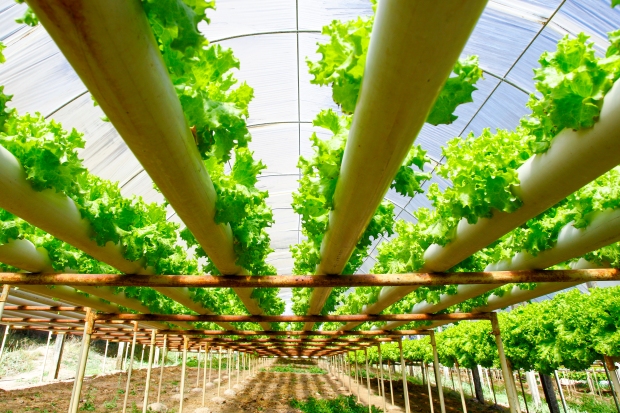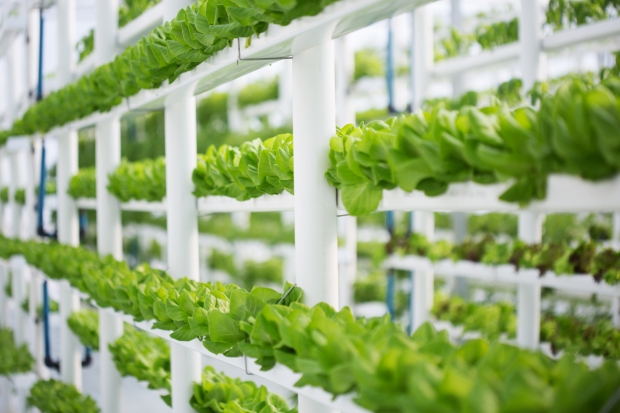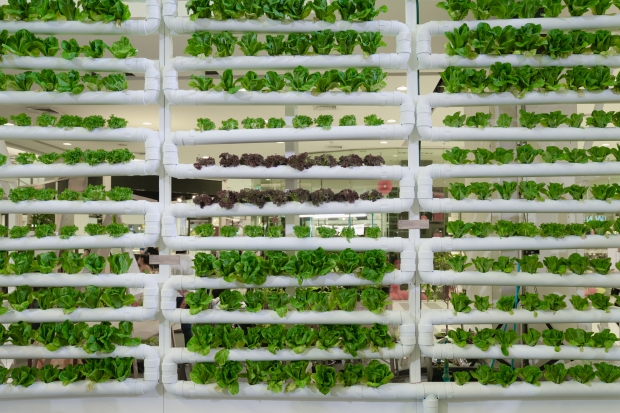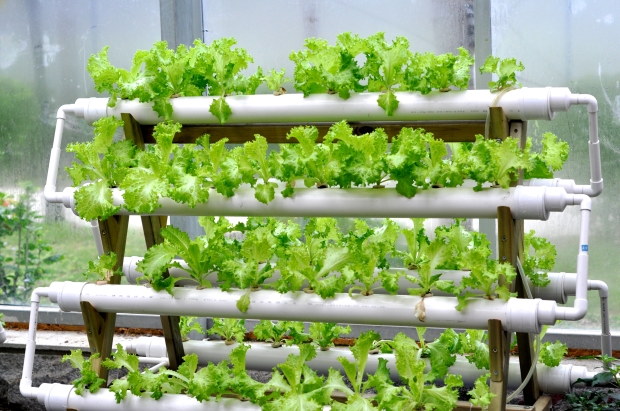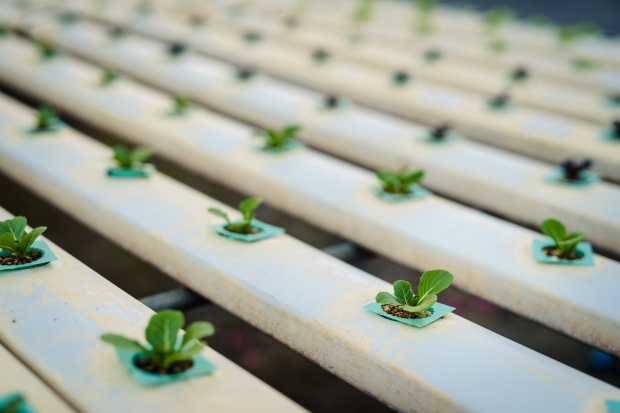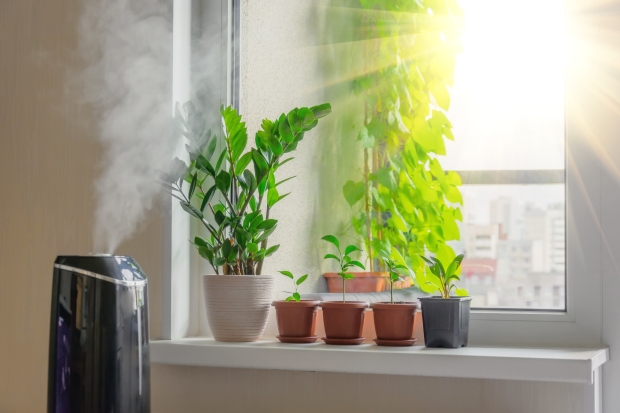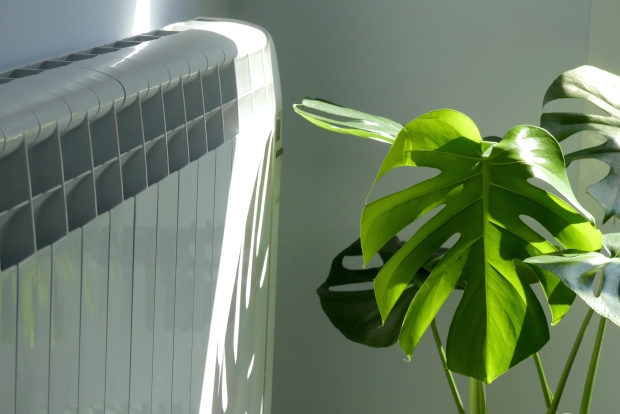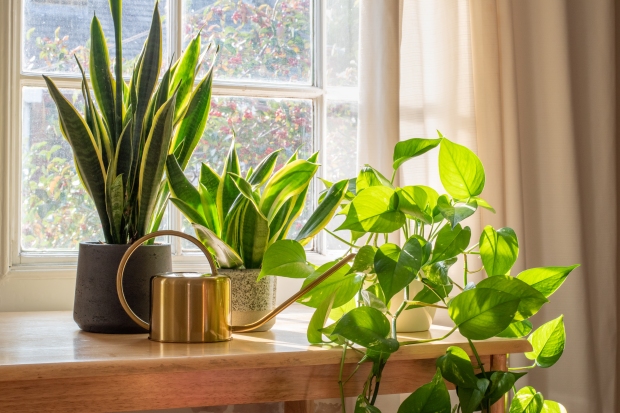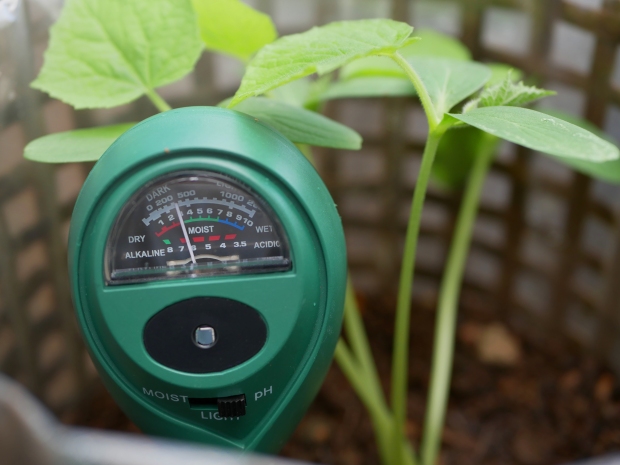How to Recycle Your Christmas Tree
Choosing a real Christmas tree is more sustainable than an artificial one since it can be recycled or reused. Many locations have official recycling programs for Christmas trees, or you can use your old tree in your home or yard.
There are few holiday symbols more magical than a well-decorated and lit Christmas tree. While some people prefer the ease of an artificial Christmas tree, real trees continue to be a popular choice, with an estimated 25 million to 30 million real Christmas trees sold in the U.S. alone each year. Real Christmas trees provide the unmistakable pine smell that many people associate with the holidays, plus the feeling of having a true piece of the natural world inside the home.

So which is more sustainable, a real Christmas tree or an artificial one? Well, obviously you can use an artificial tree year after year. However, at the end of its lifespan, it will end up in a landfill. Artificial trees create high emissions during manufacturing and transportation and are generally made from a type of PVC that is nearly impossible to recycle.

Real trees, on the other hand, are produced on farms, and a new tree will usually be planted for every one that’s harvested. Farmed trees offer the same advantages as trees in the wild, such as cleaning the air and stabilizing soil.
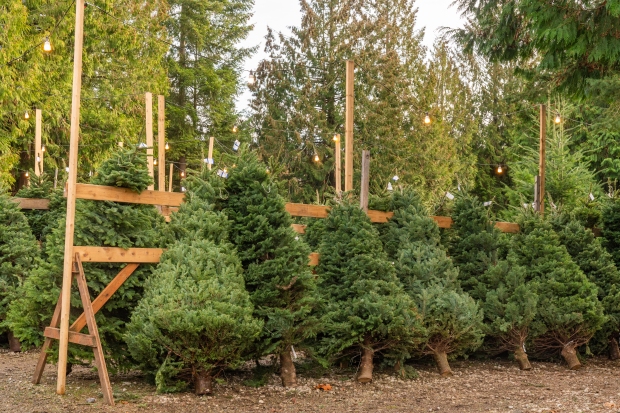
More importantly, though, real Christmas trees can be recycled at the end of the season. That makes them the more sustainable choice in the long run.
What is Christmas Tree Recycling?
There are several ways to recycle or reuse a Christmas tree after the season is over. The most important thing is to keep them out of landfills. Although an evergreen tree will break down over time in a landfill, the process is slow because of the lack of oxygen. It is much more eco-friendly to recycle or reuse the tree instead.
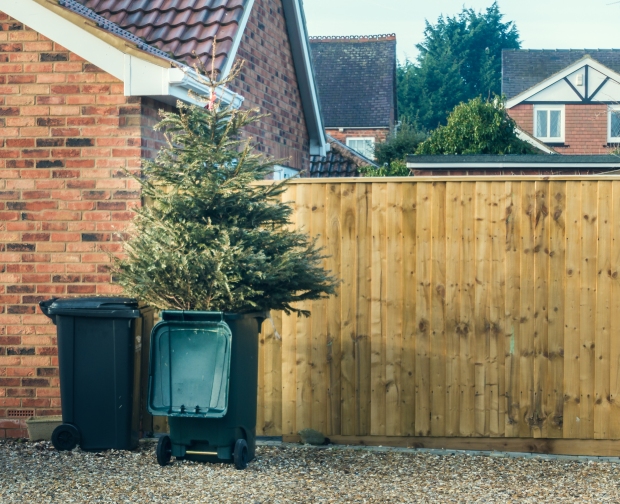
Some Christmas tree recycling options are arranged by charity or environmental groups, while others are managed by local municipalities. These usually have specific time limitations and conditions, so be sure to check out the details in your area.
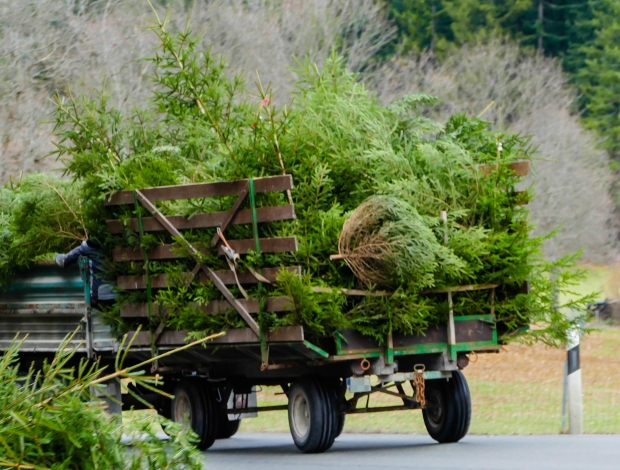
The most common type of Christmas tree recycling processes the trees into mulch that can be used for gardening. In some places, this mulch is also available to residents to use in their own yards and gardens. Evergreen mulch adds nutrients to the soil as it breaks down, while also suppressing weed growth and conserving moisture.
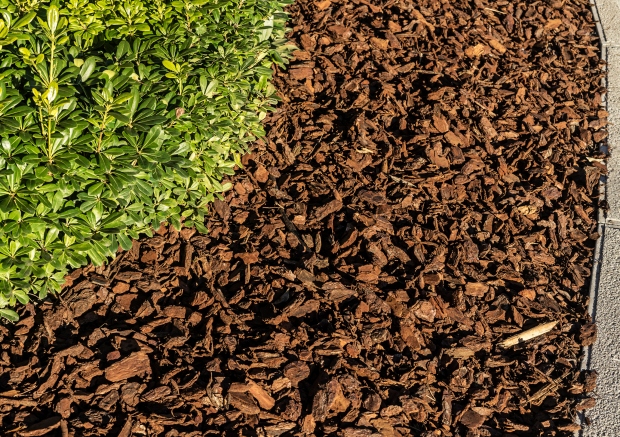
Old Christmas trees also can be used to prevent soil erosion and create fish habitats in bodies of water. They are placed into the water along coastlines, held in place by fencing. Their branches collect sediment and filter the water, while also providing a safe place for smaller fish to live.

Likewise, discarded Christmas trees have been used to stabilize sand dunes along windy beaches. However, this doesn’t mean you can just dump your old tree in the ocean or at the beach. Be sure that this is part of an organized program arranged by experts who know how the trees will affect the environment.

If these options are not available through your local government, check to see if local charities have arranged any tree pickups in exchange for a small donation. Tree removal services are also available in many areas, but, of course, they charge to take away your tree.
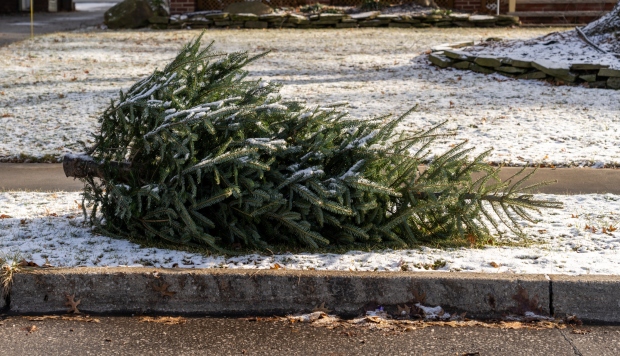
Other Ways to Recycle Your Christmas Tree
There are more creative ways to recycle your old Christmas tree as well. Some of these require ample space or special tools, so it will depend on your individual situation which ones work best for you.
Firewood: If you have the space to dry the wood for at least a few months, you can use your Christmas tree for firewood. Since evergreens have quick-burning sap that can build up and start a fire in your fireplace, it is only recommended to burn your Christmas tree in an outdoor fire.
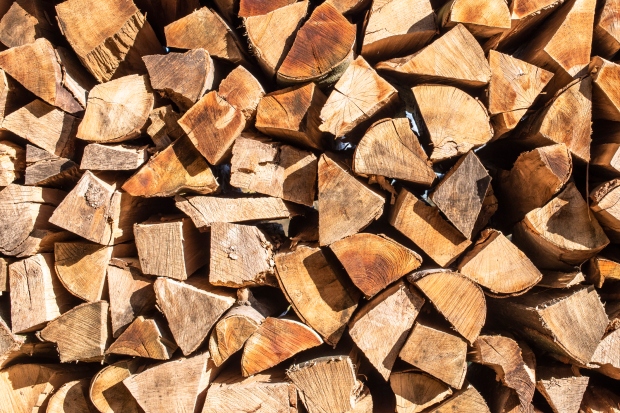
Compost or mulch: As mentioned before, the most common method of recycling a Christmas tree is to have it turned into mulch. Of course, if you have the right tools and space, you can do this yourself. If you don’t have your own wood chipper, you can rent or borrow one. Then you can use the wood chips directly to mulch your plants, or you can incorporate them into your compost pile.
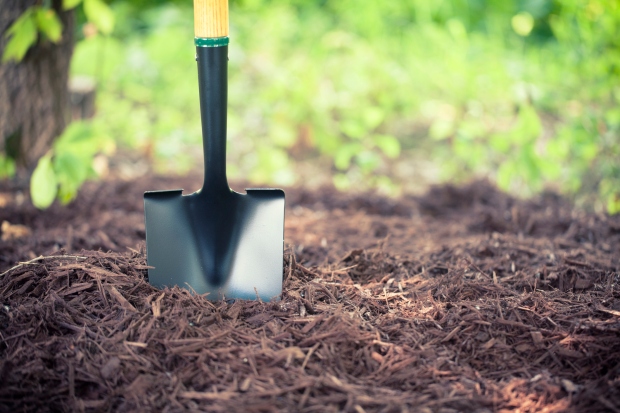
Landscaping: Evergreen logs can be incorporated into your landscape as fencing or edging, or to hold a birdhouse. The trunk can be cut into disks and used as natural pavers. You could also create a brush pile that would serve as a habitat for birds and other wildlife in your yard.

Goat food: Goats love to eat evergreen trees! If you have a goat farm nearby (or own goats yourself), see if they are interested in taking your old tree off your hands.
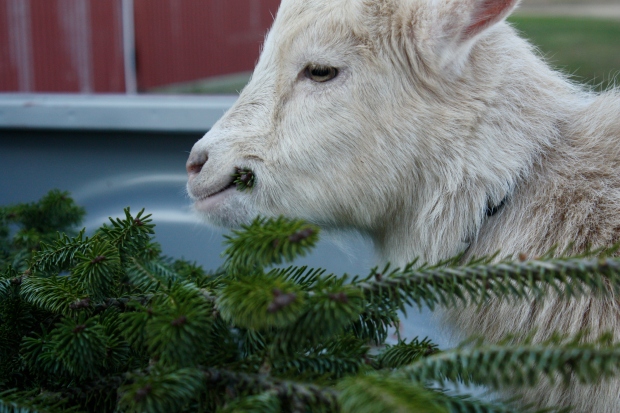
Potted Christmas trees: This isn’t precisely a recycling idea, but it’s one of the most sustainable choices you can make. Instead of purchasing a cut tree, consider getting a potted Christmas tree instead. These are simply live trees that, like a houseplant, live in a container in your home. Once the holiday season is over, the tree can be planted in your yard.
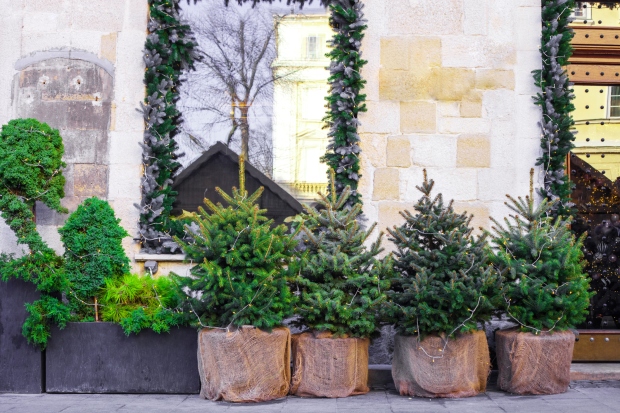
Preparing a Christmas Tree for Recycling
Regardless of which method you use for recycling your Christmas tree, you need to be sure that the tree is totally free of all decorations. Certain types of decoration such as tinsel and artificial snow can be difficult or impossible to remove, so they are best avoided if possible.

Very large trees may fall outside of the size guidelines for recycling programs. Be sure to check before placing your tree out for collection, and cut down the tree to the appropriate size if needed.

Also, be cognizant of what types of chemicals have been used on your Christmas tree. Many trees are sprayed with pesticides and flame-retardant sprays before you purchase them. These can be harmful to your family while the tree is in your home, but can also hinder your attempts to recycle the tree. For example, you would not want to introduce pesticides or other chemicals into your compost pile or feed them to goats.

So, if you are concerned about having a truly sustainable Christmas, ask your supplier about how the trees are treated. You can also find organic Christmas tree farms where you can be sure there are no chemicals used.
